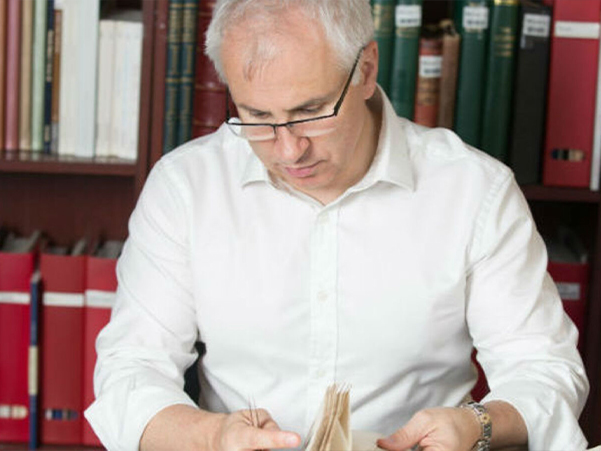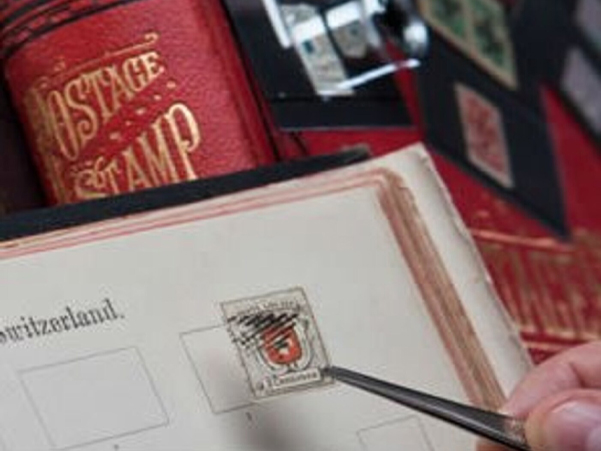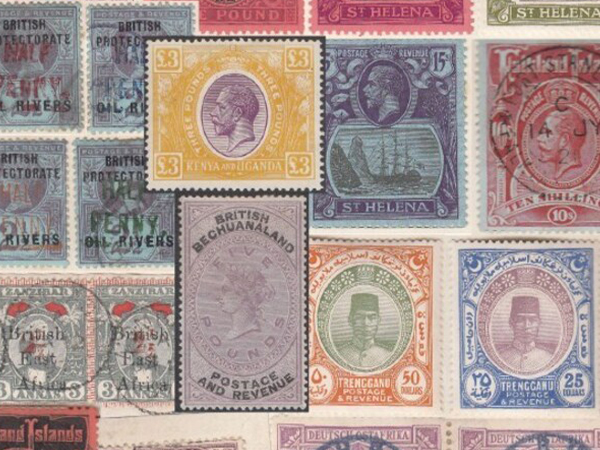Denmark’s First Stamp and The Duke of York
Perhaps the most famous stamp collector of them all was the Duke of York, who in 1910 was to become King George 5th. However, long before his Coronation the Duke was elected to the Presidency of the Philatelic Society of London.
He was more than just a figurehead; he was indeed an expert philatelist who, unknown to most collectors of Danish stamps added to the sum of knowledge surrounding the 1851 2rbs blue, the first stamp of Denmark.
During a summer visit to his mother’s Danish relations the Duke decided to address the debate regarding the differing shapes of the figure “2” and the shade variations observed on the 1851-54 2 Rigsbank Skilling imperforate. Approaching and no doubt having doors opened for him at the GPO in Copenhagen the Duke discovered that an original steel die of ten impressions (2 x 5) had been engraved, from which ten separate plaster casts were taken. From each of these ten castings a metal plate was made by the stereotype process using a composition of tin, lead and antimony. These ten metal blocks of 10 were finally joined together and mounted in a wooden frame to form a complete printing plate of 100 positions.

The variances in the figure “2” and shades were it seemed a product of defects in the original plaster casting where parts of the die were left incomplete where the plaster had not filled in fully.
We occasionally offer examples of “Denmark’s equivalent of the Penny Black”; we have an example in our sale next week (lot 5940). Stanley Gibbons list two examples from 2 different printings. The Facit Special catalogue also lists the two different printings but also gives information to help the curious determine which of those 10 basic types their stamp may be, plus the several substituted clichés and prominent retouches identified after much painstaking study by generations of gifted and diligent philatelists, but built from the discoveries first made by a British Royal on holiday!
Recent posts
As a child I would spend several weeks during the Summer holidays in Bournemouth, a large and reasonably well- heeled seaside town on the south coast of England.
A few weeks ago an experienced philatelist admitted to problems he was having in identifying the chalky paper versions of King George 6th Leeward Island stamps.
Sometimes discovering philatelic errors is easy, particularly when examples have been identified and are accurately described.


